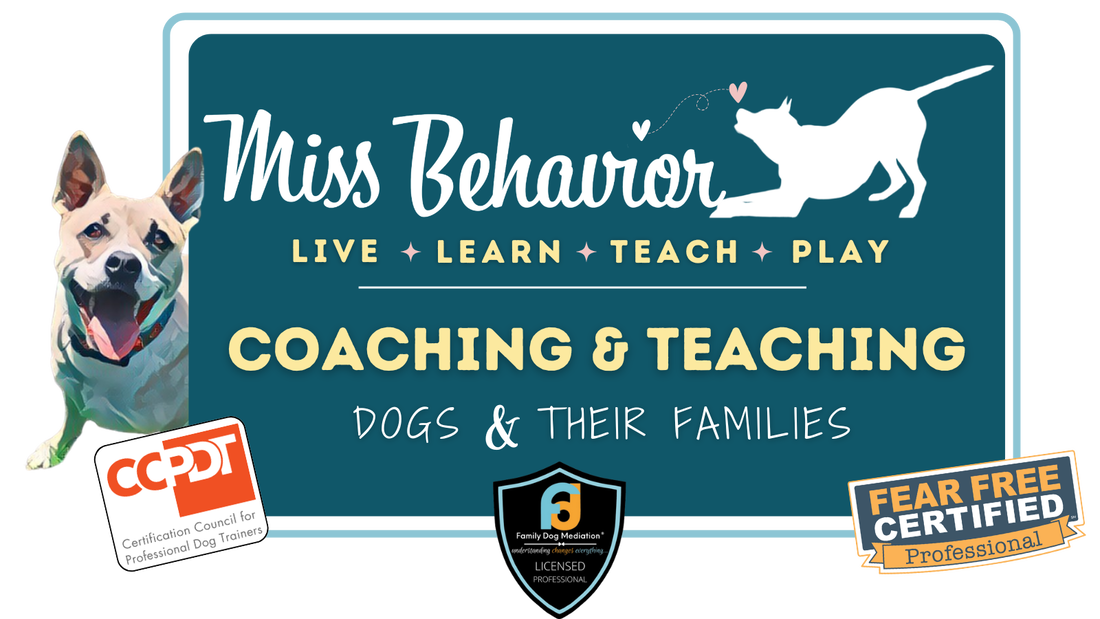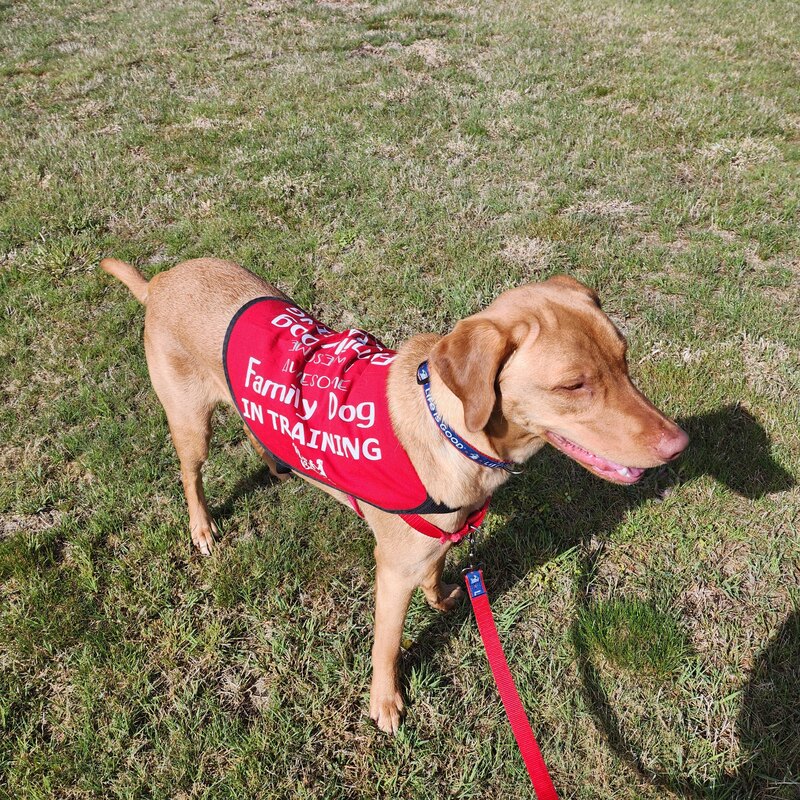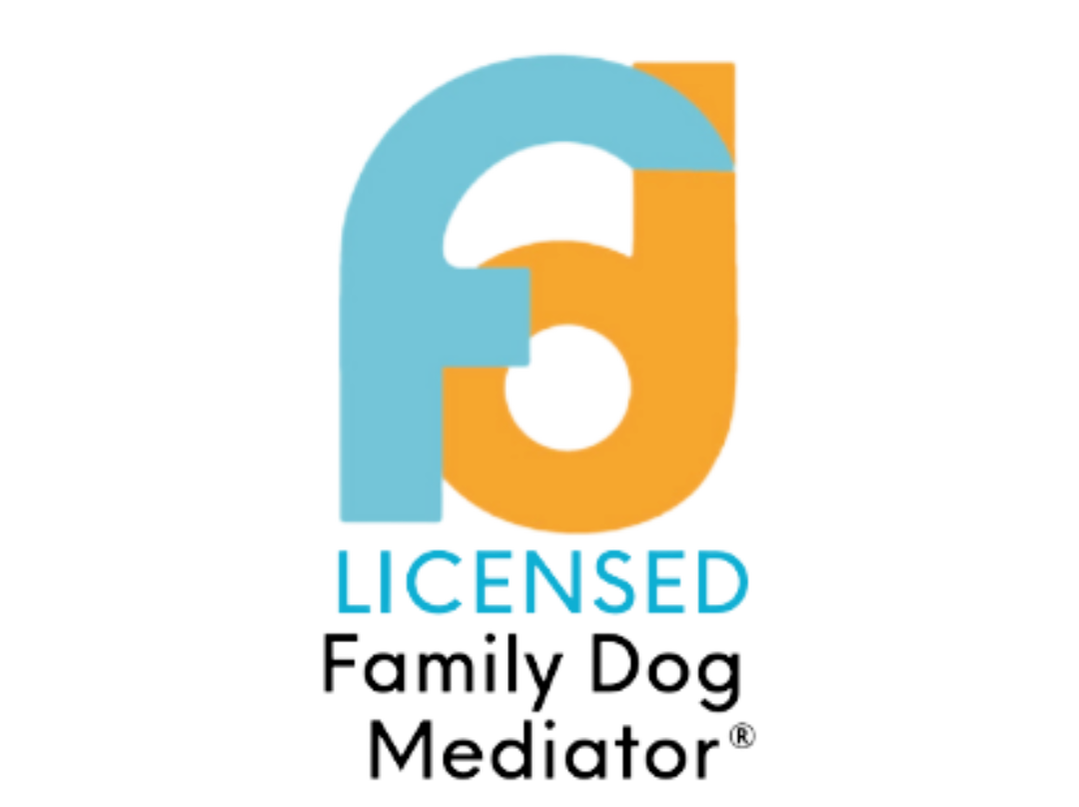|
5/20/2024 0 Comments Your Dog's Trigger ZonesAs pet parents, it's essential to understand our dogs' behavior and how they react to various stimuli. Recognizing your dog's trigger zones can help you support them better and create a safer and more comfortable environment for them. In this post, we'll delve into the five trigger zones for dogs and how you can identify and respond to each one. The Neutral Zone
The Curiosity Zone
The Engaged Zone
Watch as Jack works on moving through his trigger zones in the presence of neighborhood trucks! The Emotional Zone
The Reactive Zone
Understanding your dog's trigger zones is crucial for effective understanding and to ensure their well-being. By recognizing the signs and knowing how to respond appropriately, you can help your dog feel safe and supported in various situations. Remember, patience and positive reinforcement are key to building a strong, trusting relationship with your family dog. If you found this to be helpful, go ahead and share with a friend or leave a comment below!
0 Comments
Your comment will be posted after it is approved.
Leave a Reply. |
|
- Home
- About
- Blog
- Services
- Membership
-
Courses & Freebies
- All Courses
- FREE Boredom Buster Recipes
- COURSE: Building Resilience in your Family Dog
- COURSE: Managing the Leash Walk
- Potty Training COURSE
- Paws Off COURSE
- COURSE: Managing the Leash Walk
- FREE Attention Building Challenge
- FREE Scratchboard Training
- FREE Rest and Recovery Round-Up
- FREE Body Language 101
- Contact
- Home
- About
- Blog
- Services
- Membership
-
Courses & Freebies
- All Courses
- FREE Boredom Buster Recipes
- COURSE: Building Resilience in your Family Dog
- COURSE: Managing the Leash Walk
- Potty Training COURSE
- Paws Off COURSE
- COURSE: Managing the Leash Walk
- FREE Attention Building Challenge
- FREE Scratchboard Training
- FREE Rest and Recovery Round-Up
- FREE Body Language 101
- Contact
Search by typing & pressing enter














 RSS Feed
RSS Feed





